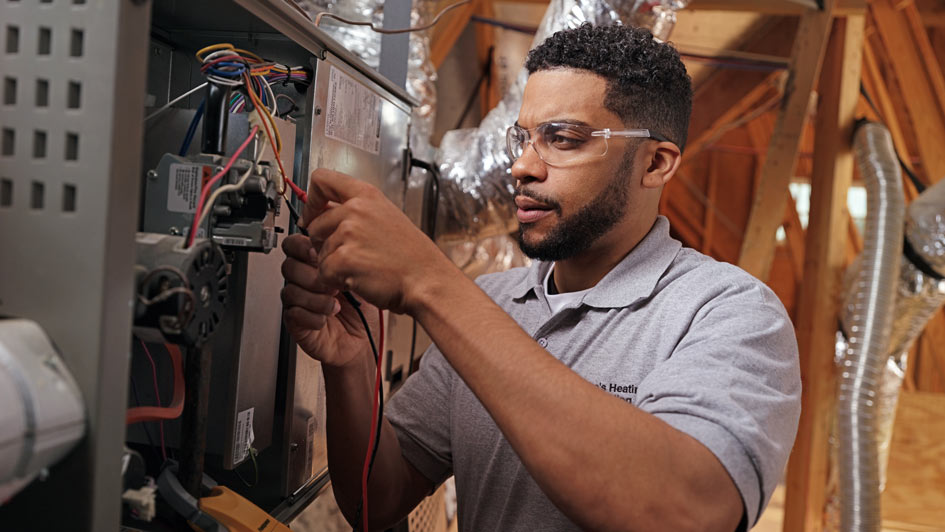Blog
About Speedy Air Conditioning
At Speedy Air Conditioning, making your home cozy is our top concern. That’s why we provide reliable HVAC solutions and quality work in Naples. Our techs are educated in a full selection of services, so you can be confident in your results. They’ll offer the help you need, whether it’s adding an up-to-date HVAC system or repairing and maintaining your current equipment. We’re here to assist with all of your needs, so ring us at 239-244-3439 or contact us online to request an appointment right away.
© 2024 Speedy Air Conditioning | All rights reserved











